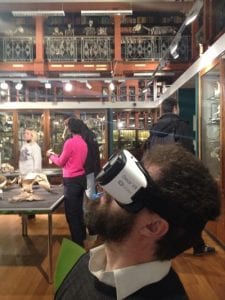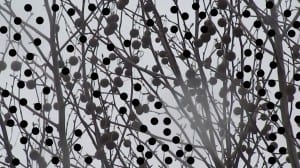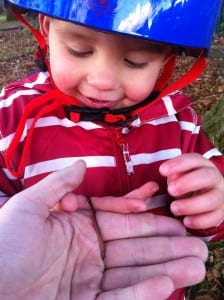Museums and Virtual Reality: VR in the Grant Museum
By Jack Ashby, on 15 February 2017
Guest post
For those of us who had the opportunity to work with Virtual and Augmented Reality (VR and AR), 2016 was a most exciting year. Notably, a range of new headsets finally reached consumer market and a number of interesting, new applications looked poised to mainstream these technologies. We even saw the world’s first revolutionary AR game in the form of Pokémon Go entering many locations worldwide and arriving to this very place, the Grant Museum of Zoology. It is also becoming apparent that VR and AR are not just opening new opportunities for how we entertain ourselves, but also how we connect, share, and learn, by transforming how we look at content.
VR and AR are emerging as a valuable medium in learning and public engagement
A number of articles, studies and conference presentations have already described the great success of 3D-immersion brought about by VR and AR technologies in hundreds of classrooms in educationally progressive schools and learning labs. Considering that today’s museums are interactive learning environments that encourage engaging with material, VR and AR should be ideally placed to bring museum objects to life and create more dynamic, interesting exhibits and displays. (more…)
 Close
Close






